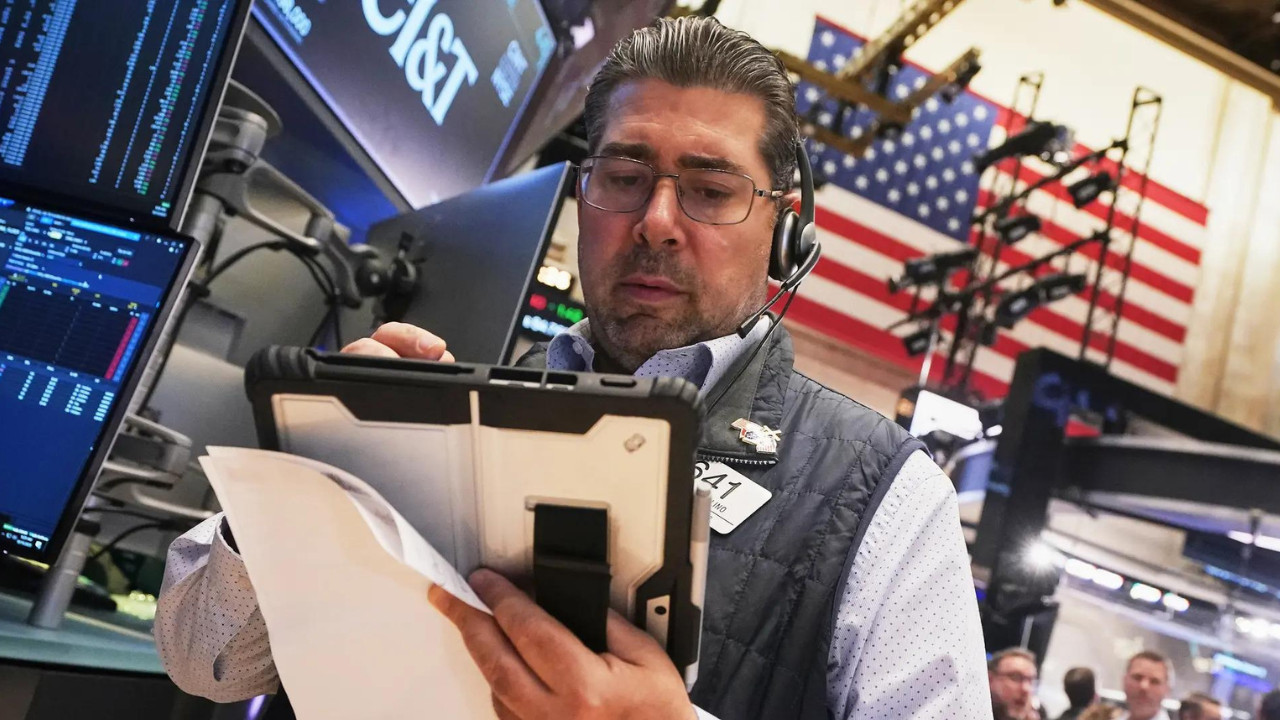Tensions with China are disrupting India’s manufacturing sector as China delays machinery deliveries and pulls its citizens from Indian factories, including those at Apple’s contract manufacturer, Foxconn. This is happening alongside new restrictions on magnet exports to India, impacting automobile and electronics production.
Is China Throwing a Wrench in India’s Manufacturing Dreams?
India’s ambition to become a global manufacturing powerhouse, a vision fueled by initiatives like “Make in India,” may be facing unexpected headwinds. Whispers in the industry suggest that China, a dominant player in global manufacturing, might be subtly applying pressure, impacting the smooth flow of machinery and expertise crucial for India’s growth. Could this be a calculated move to protect its own interests, or simply a coincidence of logistical snags?
The buzz centers around reports of delayed machinery deliveries from Chinese suppliers to Indian manufacturers. We’re not talking minor hiccups; some businesses are facing significant setbacks, impacting project timelines and potentially jeopardizing their ability to meet production targets. Imagine a textile manufacturer ready to ramp up production with new, state-of-the-art looms, only to find their arrival pushed back indefinitely. The ripple effect extends beyond just one company, potentially affecting the entire supply chain.
This slowdown isn’t just about turbines and widgets. There are also indications that China is recalling engineers working on iPhone production in India. Apple’s expanding presence in India is a key component of the country’s manufacturing strategy. Having Chinese engineers on the ground is vital for setting up and optimizing these complex production lines. Their sudden departure raises questions about the stability of this crucial partnership and could hinder Apple’s efforts to further diversify its manufacturing base away from China.

Why is this happening now? The reasons are, of course, complex and multifaceted. One potential explanation is the ongoing geopolitical tension between the two nations. While diplomatic channels remain open, underlying rivalries undoubtedly exist. China may be subtly leveraging its economic power to exert influence.
Another factor could be the growing competition between the two countries in the global manufacturing arena. India’s “Make in India” initiative directly challenges China’s dominance. A delay in supplying key equipment or expertise could, in theory, give Chinese manufacturers a competitive edge. Think of it as a chess game, with each country making strategic moves to outmaneuver the other.
Furthermore, it’s worth considering the domestic pressures within China itself. The Chinese economy has been facing its own set of challenges, including slowing growth and increased competition from other emerging markets. Ensuring the success of its own manufacturing sector is undoubtedly a top priority for the Chinese government. Protecting that sector might involve taking steps that, while seemingly indirect, could impact the growth of competitors like India.
Of course, it’s important to avoid jumping to conclusions. Logistical challenges, supply chain disruptions, and even internal Chinese policies could all be contributing factors to these delays. The truth is likely a complex blend of various influences. However, the timing and nature of these disruptions have raised eyebrows among Indian manufacturers.
What does this mean for India’s manufacturing ambitions? The situation serves as a wake-up call, highlighting the vulnerability of relying heavily on a single source for crucial equipment and expertise. Diversification of supply chains is now more important than ever. India needs to proactively cultivate partnerships with other countries, fostering a more resilient and robust manufacturing ecosystem. This might involve incentivizing domestic production of key components and attracting investment from alternative sources.
Furthermore, India needs to continue investing in its own workforce, developing a skilled talent pool that can reduce reliance on foreign expertise. While foreign collaborations are valuable, building indigenous capabilities is crucial for long-term sustainability. You can learn more about [India’s economic reforms here](internal-link).
The challenges India is facing are undeniable. But the country’s ambition and potential remain immense. By proactively addressing these challenges and strategically diversifying its manufacturing base, India can navigate these headwinds and continue its journey toward becoming a global manufacturing leader. The journey might be a bit rockier than initially anticipated, but the destination is still within reach.







